

- RFQ
- BOM
-
Contact Us
Tel: +86-0755-83501315
Email: sales@sic-components.com
- Chinese
- English
- French
- German
- Portuguese
- Spanish
- Russian
- Japanese
- Korean
- Arabic
- Irish
- Greek
- Turkish
- Italian
- Danish
- Romanian
- Indonesian
- Czech
- Afrikaans
- Swedish
- Polish
- Basque
- Catalan
- Esperanto
- Hindi
- Lao
- Albanian
- Amharic
- Armenian
- Azerbaijani
- Belarusian
- Bengali
- Bosnian
- Bulgarian
- Cebuano
- Chichewa
- Corsican
- Croatian
- Dutch
- Estonian
- Filipino
- Finnish
- Frisian
- Galician
- Georgian
- Gujarati
- Haitian
- Hausa
- Hawaiian
- Hebrew
- Hmong
- Hungarian
- Icelandic
- Igbo
- Javanese
- Kannada
- Kazakh
- Khmer
- Kurdish
- Kyrgyz
- Latin
- Latvian
- Lithuanian
- Luxembou..
- Macedonian
- Malagasy
- Malay
- Malayalam
- Maltese
- Maori
- Marathi
- Mongolian
- Burmese
- Nepali
- Norwegian
- Pashto
- Persian
- Punjabi
- Serbian
- Sesotho
- Sinhala
- Slovak
- Slovenian
- Somali
- Samoan
- Scots Gaelic
- Shona
- Sindhi
- Sundanese
- Swahili
- Tajik
- Tamil
- Telugu
- Thai
- Ukrainian
- Urdu
- Uzbek
- Vietnamese
- Welsh
- Xhosa
- Yiddish
- Yoruba
- Zulu
- Kinyarwanda
- Tatar
- Oriya
- Turkmen
- Uyghur
What is a Passive Filter Ics?
What is a Passive Filter Circuit?
A passive filter circuit is an electrical circuit that manipulates the frequency components of an input signal without the need for an external power source to amplify the signal. It is constructed solely from passive electronic components, namely resistors, capacitors, and inductors. These components work in harmony to either allow certain frequencies to pass through while blocking others, or to attenuate specific frequency ranges. Unlike active filters, which incorporate amplifiers and require power supplies, passive filters rely on the inherent electrical properties of their passive elements to shape the signal's frequency response.
Why Do We Need Passive Filters?
Passive filters play a crucial role in a wide variety of electrical and electronic systems. In signal processing, they are used to clean up noisy signals by removing unwanted frequency components. For example, in audio systems, a passive filter can eliminate high - frequency hissing noise from the audio signal, ensuring a cleaner and more pleasant sound. In power systems, passive filters help to improve power quality by reducing harmonic distortion. Harmonics, which are unwanted higher - frequency components in the electrical current, can cause issues such as overheating in electrical equipment, interference with communication systems, and inefficiencies in power transmission. Passive filters can mitigate these problems, ensuring that the electrical power is in a more suitable form for various applications. Additionally, in communication systems, passive filters are essential for separating different frequency bands, enabling multiple signals to be transmitted and received simultaneously without interference.
Components of a Passive Filter Circuit
Resistors: Resistors in a passive filter circuit are primarily responsible for dissipating electrical energy as heat. They can be used to control the flow of current and, in combination with capacitors and inductors, help to determine the filter's frequency - response characteristics. For example, a resistor in an RC (resistor - capacitor) filter affects the time constant of the circuit, which in turn influences how the filter responds to different frequencies.
Capacitors: Capacitors store and release electrical energy in the form of an electric field. In a passive filter, they exhibit different reactance values depending on the frequency of the input signal. At low frequencies, capacitors have high reactance, effectively blocking the flow of current, while at high frequencies, their reactance decreases, allowing current to pass more easily. This property makes them ideal for use in high - pass filters, where they allow high - frequency signals to pass while blocking low - frequency signals.
Inductors: Inductors store energy in a magnetic field. Similar to capacitors, they have frequency - dependent reactance, but in the opposite way. Inductors have low reactance at low frequencies and high reactance at high frequencies. This characteristic makes them suitable for low - pass filters, where they allow low - frequency signals to pass while attenuating high - frequency signals.
Passive Filter design techniques
The design of passive filter circuits involves careful consideration of the desired frequency - response characteristics and the properties of the passive components. One common approach is to use the concept of the cutoff frequency, which is the frequency at which the filter begins to significantly attenuate the signal. For simple RC and LC (inductor - capacitor) filters, the cutoff frequency can be estimated based on the values of the resistors, capacitors, and inductors. Another design technique is to use cascading, where multiple filter stages are connected in series. This can be used to achieve a steeper roll - off, which is the rate at which the filter attenuates frequencies outside the desired passband. Additionally, simulation tools are often used in the design process to model the behavior of the filter circuit before physical implementation, allowing designers to optimize the component values for the best performance.
Types of Passive Filter Circuits
Low - pass filters: As the name implies, low - pass filters allow low - frequency signals to pass through with minimal attenuation while attenuating high - frequency signals. They are commonly used in audio systems to direct low - frequency bass signals to subwoofers. In power systems, low - pass filters can be used to smooth out pulsating DC voltages, reducing the ripple content.
High - pass filters: High - pass filters operate in the opposite way to low - pass filters. They allow high - frequency signals to pass while blocking or attenuating low - frequency signals. In audio applications, high - pass filters can be used to prevent low - frequency signals from reaching tweeters, protecting them from damage and improving the overall sound quality. In electronic circuits, high - pass filters can be used to remove DC offsets from signals.
Band - pass filters: Band - pass filters are designed to allow a specific range of frequencies (the passband) to pass through while attenuating frequencies outside this range. They are commonly used in radio receivers to select a particular radio frequency band for reception. In communication systems, band - pass filters can be used to isolate specific frequency channels for data transmission.
Band - reject or notch filters: Band - reject filters, also known as notch filters, are designed to attenuate a specific range of frequencies while allowing frequencies outside this range to pass. They are useful for removing unwanted interference at specific frequencies, such as the 50 Hz or 60 Hz power - line hum that can interfere with audio and other sensitive electronic systems.
Characteristics of Passive Filter Circuit
Frequency response: The frequency response of a passive filter circuit describes how the filter attenuates or passes different frequencies. It is typically represented graphically, showing the magnitude of the output signal relative to the input signal as a function of frequency. The shape of the frequency - response curve, including the cutoff frequency, the roll - off rate, and the passband ripple (if any), is a key characteristic that determines the filter's performance.
Impedance: Passive filters have a specific impedance at different frequencies. The impedance of a filter can affect how it interacts with other components in a circuit, such as the source and load. Proper impedance matching between the filter and the connected components is essential to ensure maximum power transfer and minimize signal reflections.
Phase shift: As a signal passes through a passive filter, it undergoes a phase shift. The amount of phase shift varies with frequency and can have an impact on the overall performance of a circuit, especially in applications where the phase relationship between signals is important, such as in audio systems and communication circuits.
Advantages of Passive Filter Circuit
Simplicity: Passive filter circuits are relatively simple in design, consisting only of passive components. This simplicity makes them easy to understand, design, and implement. They do not require complex power - supply circuits or active components, reducing the overall complexity of the system.
Cost - effective: Since passive filters use only basic passive components, they are generally less expensive to manufacture compared to active filters. This cost - effectiveness makes them a popular choice for many applications, especially where cost is a significant factor.
Reliability: Passive components are typically very reliable and have a long lifespan. They are less prone to failure compared to active components, which can be affected by issues such as component aging, temperature variations, and power - supply fluctuations. As a result, passive filter circuits tend to be more reliable and require less maintenance.
No power consumption: Passive filters do not consume power in the sense that they do not require an external power source to operate. This makes them suitable for applications where power consumption needs to be minimized, such as in battery - powered devices.
Disadvantages of Passive Filter Circuit
Limited gain: Passive filters cannot provide signal amplification. In fact, they often introduce some attenuation to the signal, especially at frequencies near the cutoff. This can be a drawback in applications where a strong output signal is required.
Large size: Inductors, in particular, can be relatively large in size, especially for low - frequency applications. This can make passive filter circuits bulky, which may be a problem in applications where space is limited, such as in portable electronic devices.
Frequency - dependent impedance: The impedance of passive filters varies with frequency, which can make it difficult to match the filter to the source and load. This impedance mismatch can lead to signal reflections, reduced power transfer, and degraded filter performance.
Sensitivity to component tolerances: The performance of passive filter circuits is highly dependent on the values of the passive components. Small variations in component values due to manufacturing tolerances can significantly affect the filter's frequency - response characteristics. This may require careful component selection and calibration to achieve the desired performance.
Applications of Passive Filter Circuits
Audio systems: In audio equipment, passive filters are used for a variety of purposes, including equalization, crossover networks, and noise reduction. Equalizers use passive filters to adjust the frequency balance of the audio signal, allowing users to customize the sound. Crossover networks in speaker systems use passive filters to divide the audio signal into different frequency bands, sending low - frequency signals to woofers, mid - frequency signals to mid - range speakers, and high - frequency signals to tweeters. Noise - reduction filters can be used to remove unwanted background noise from the audio signal.
Power systems: Passive filters are widely used in power systems to improve power quality. They can be used to filter out harmonics generated by non - linear loads, such as power electronics devices, to reduce interference with other electrical equipment and improve the efficiency of the power system. Passive filters can also be used to smooth out DC voltages in power supplies, reducing the ripple content and providing a more stable power source for electronic devices.
Communication systems: In communication systems, passive filters are essential for frequency selection, signal separation, and interference suppression. Band - pass filters are used in radio receivers and transmitters to select the desired frequency band for communication. High - pass and low - pass filters can be used to separate different types of signals, such as audio and data signals, in a communication channel. Notch filters can be used to remove unwanted interference at specific frequencies, ensuring clear and reliable communication.
Electronic test and measurement equipment: Passive filters are used in electronic test and measurement equipment to condition signals before they are measured. For example, low - pass filters can be used to limit the bandwidth of a signal being measured, reducing the effects of high - frequency noise and interference. High - pass filters can be used to remove DC offsets from signals, ensuring accurate measurement of the AC components.
SIC Electronics is a worldwide distributor of electronic components with high quality control. The products and industries currently involved in the company consist of military industry, automobile, medical treatment, consumer electronics, industrial control, Internet of things, new energy, communications, etc. We not only provide customers with products and service, but also offer them relevant peripheral cooperation. If you have products to sell or you are troubled with some product-related problems, please feel free to contact us. Moreover, we have our own warehouses, top-level quality control talents, senior purchasing staff, a great many of in-depth cooperation factories and contract partners of global trade logistics, and so on. We take pleasure in sharing our resources with customers, with an expectation to achieve win-win cooperation.
https://www.sic-components.com/filters

Hot Products
View MoreRelated Blogs

2000+
Daily average RFQ Volume

30,000,000
Standard Product Unit

2800+
Worldwide Manufacturers

15,000 m2
In-stock Warehouse



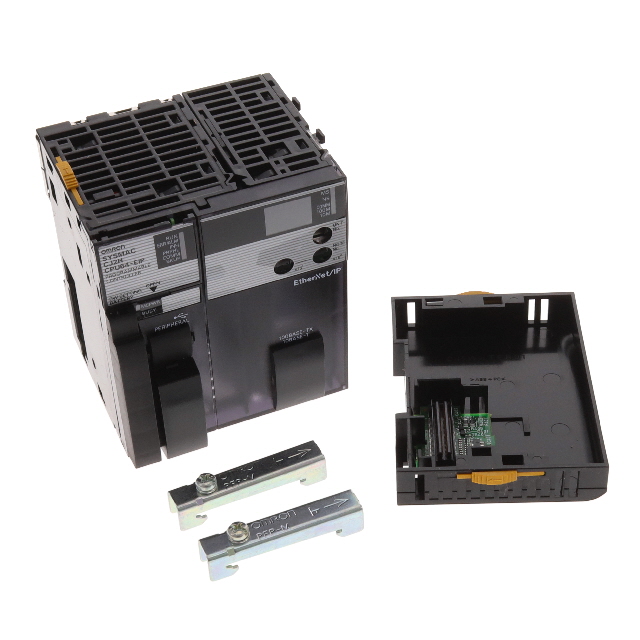
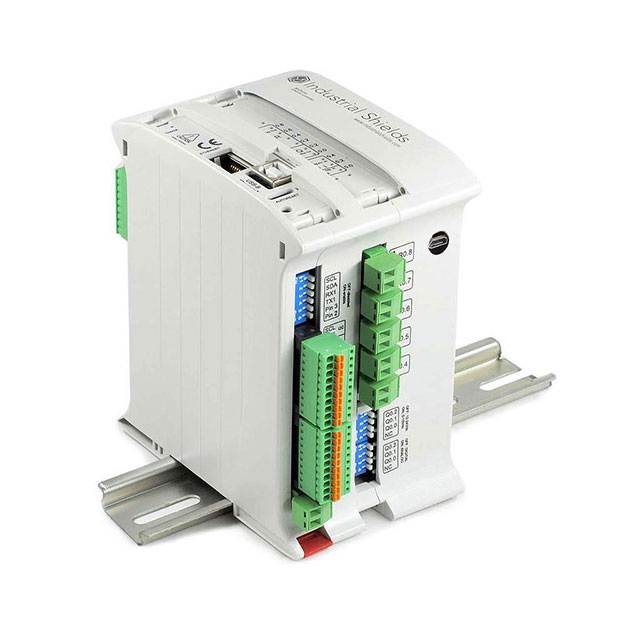

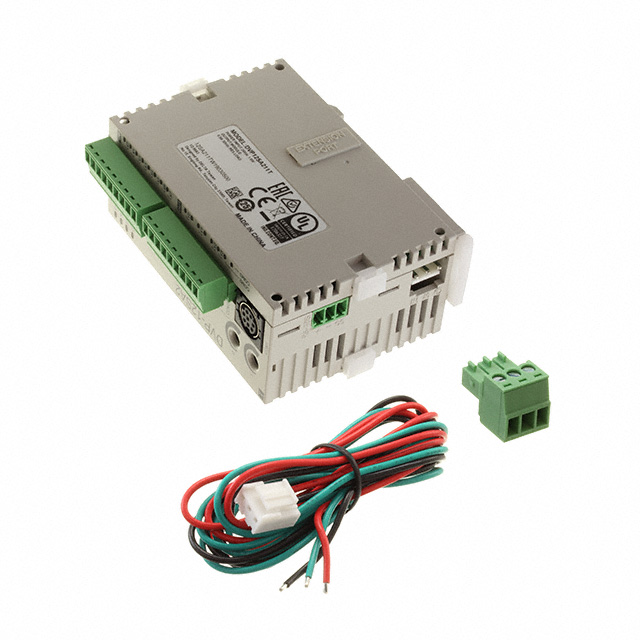
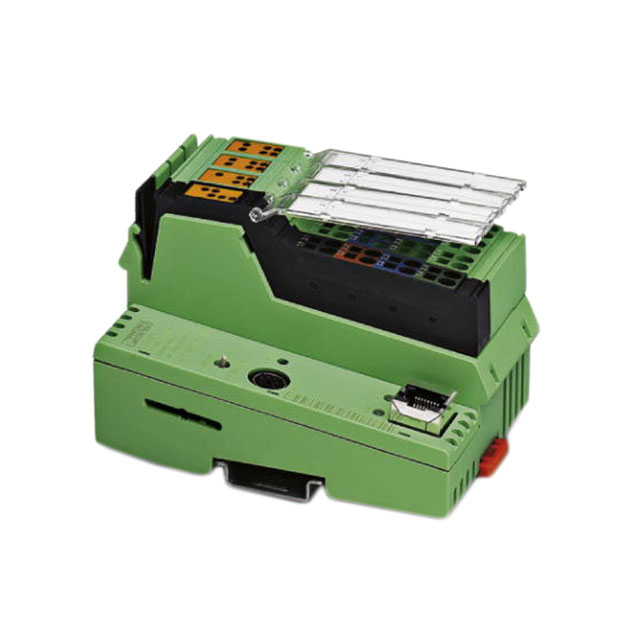


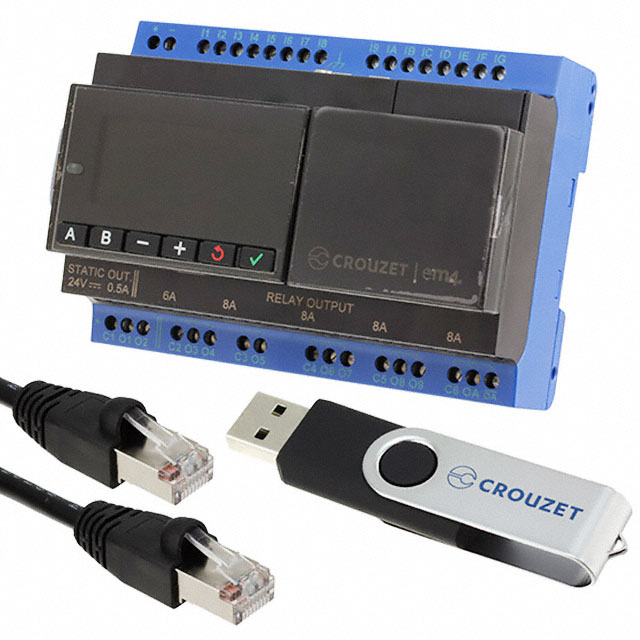

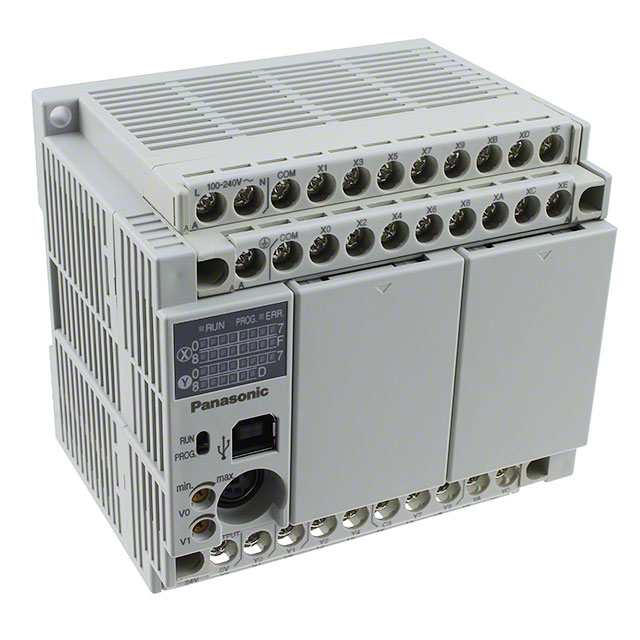
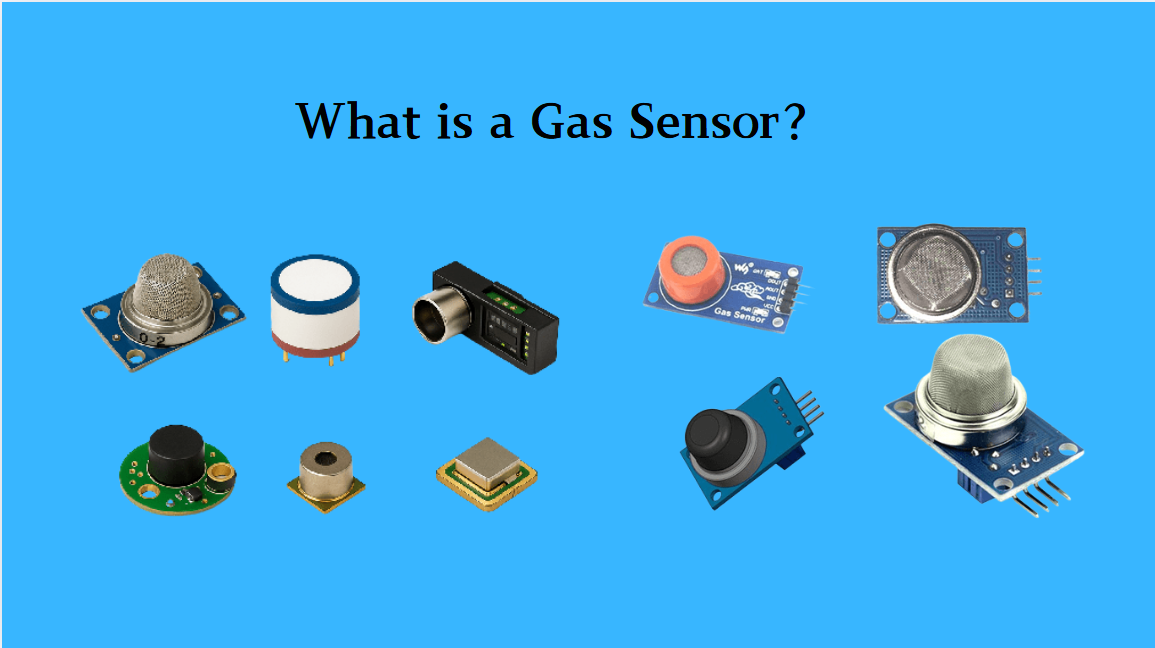
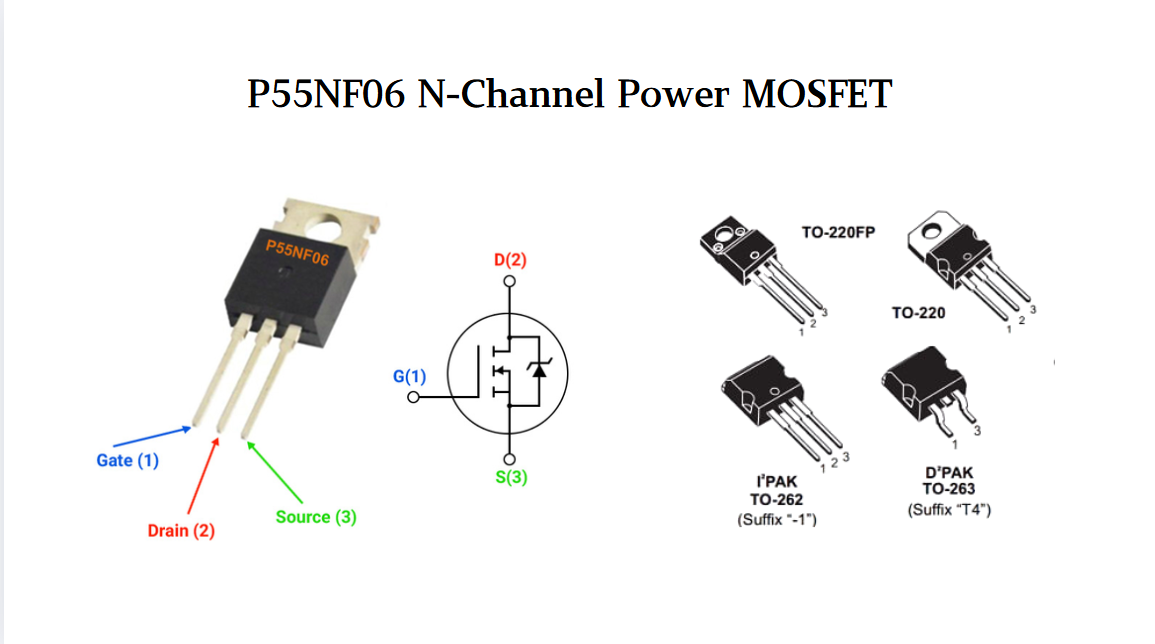
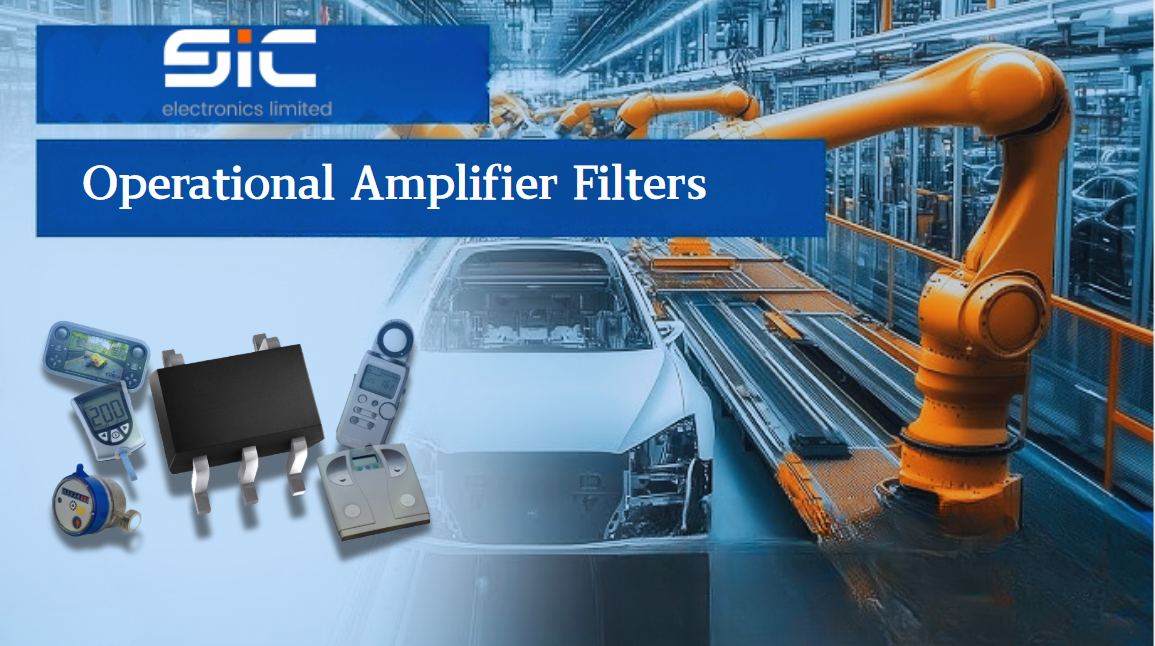

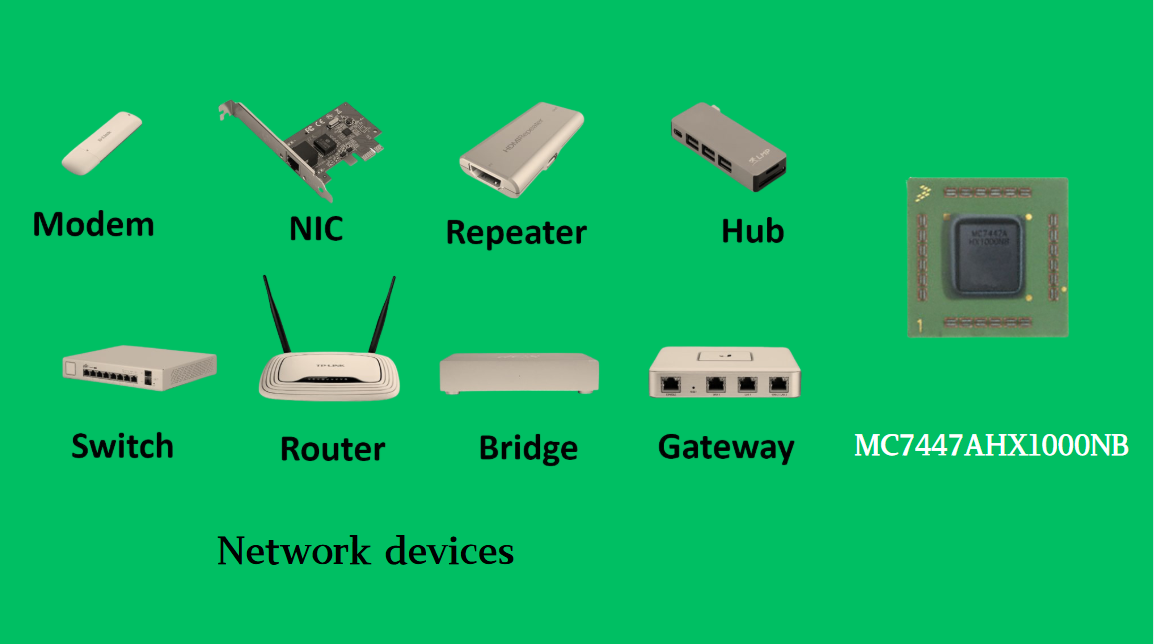
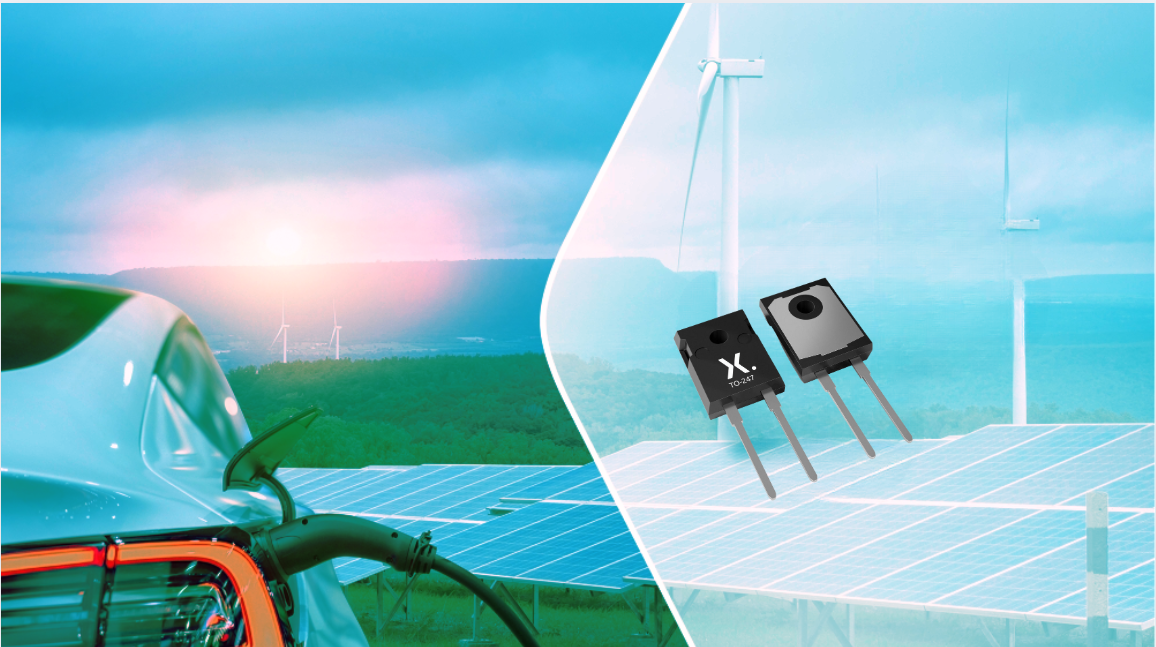
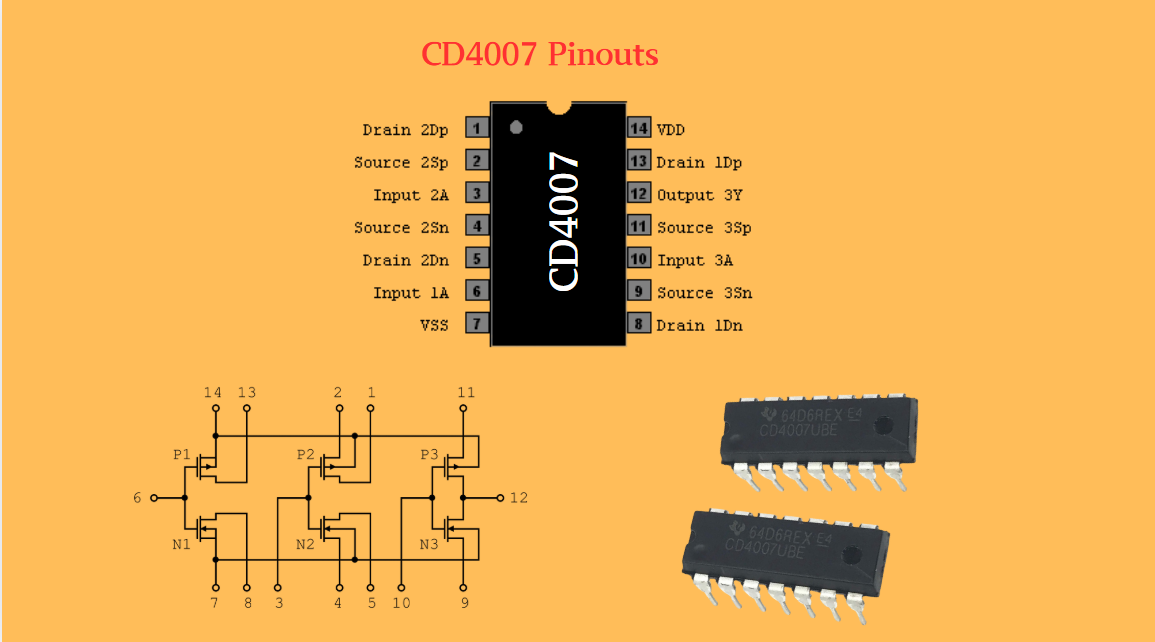
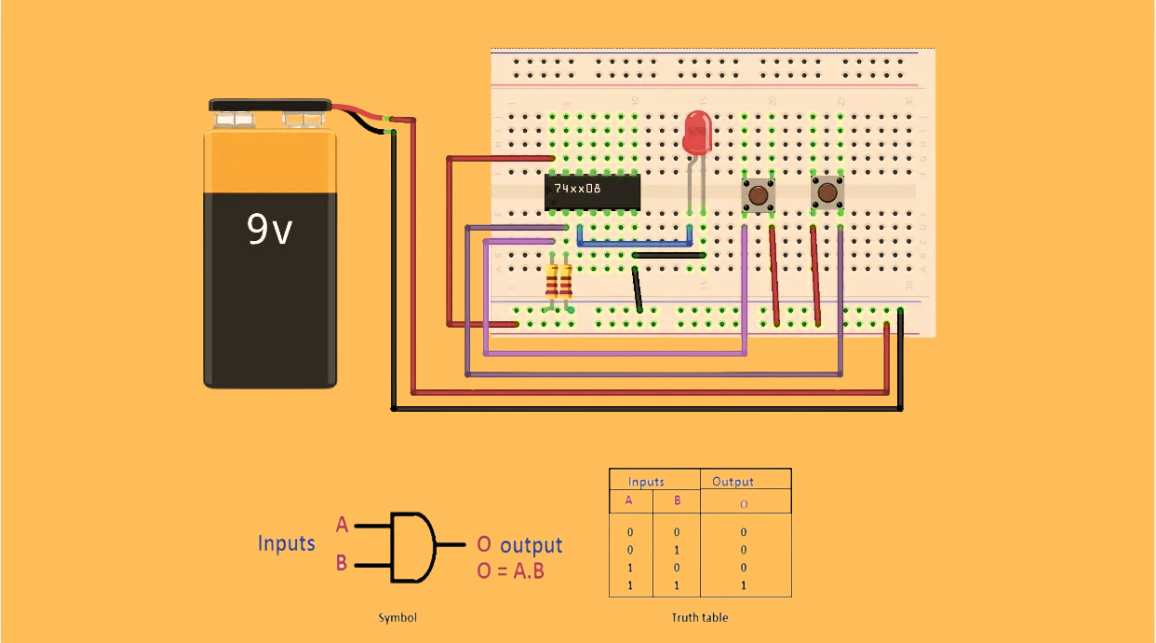
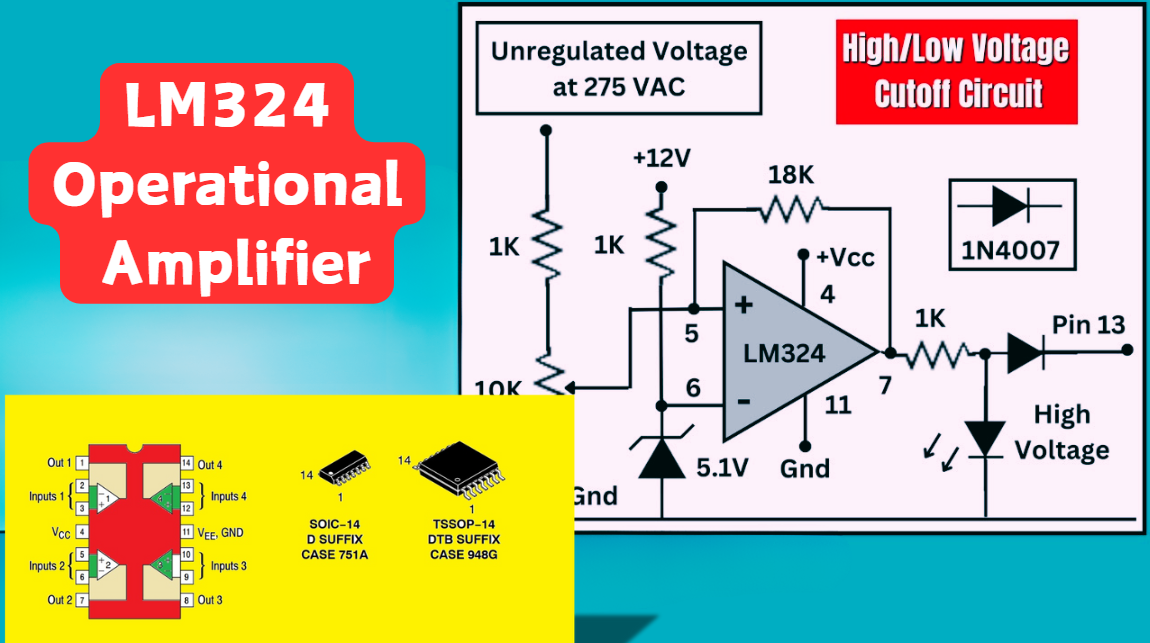
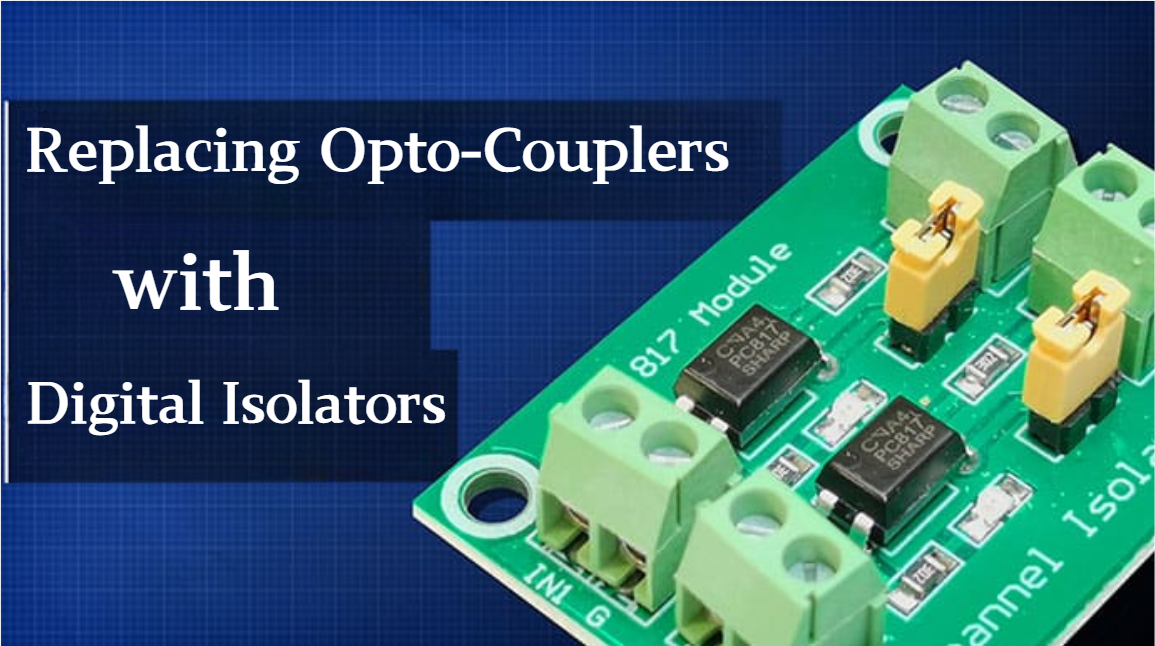
 Wishlist (0 Items)
Wishlist (0 Items)